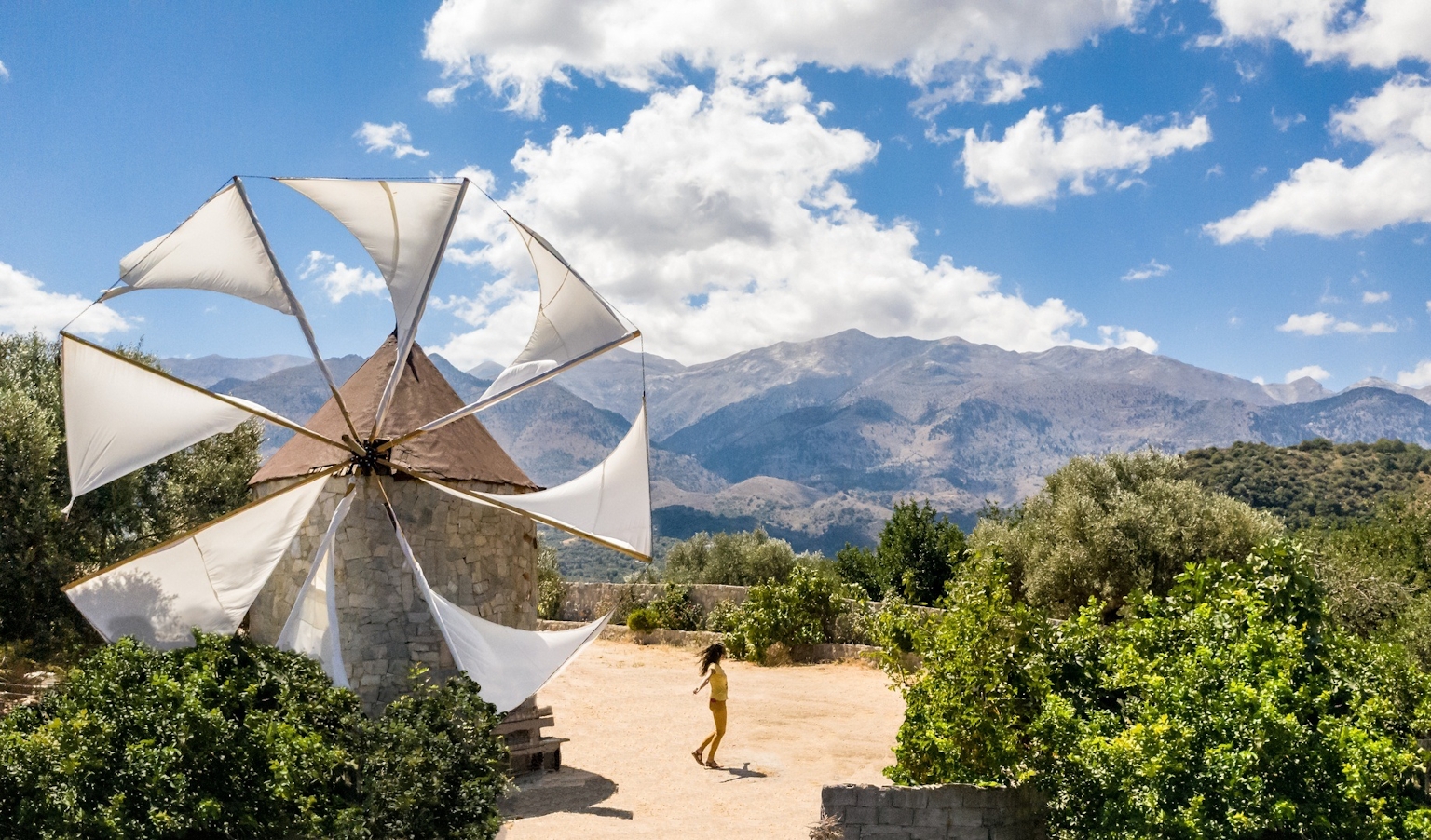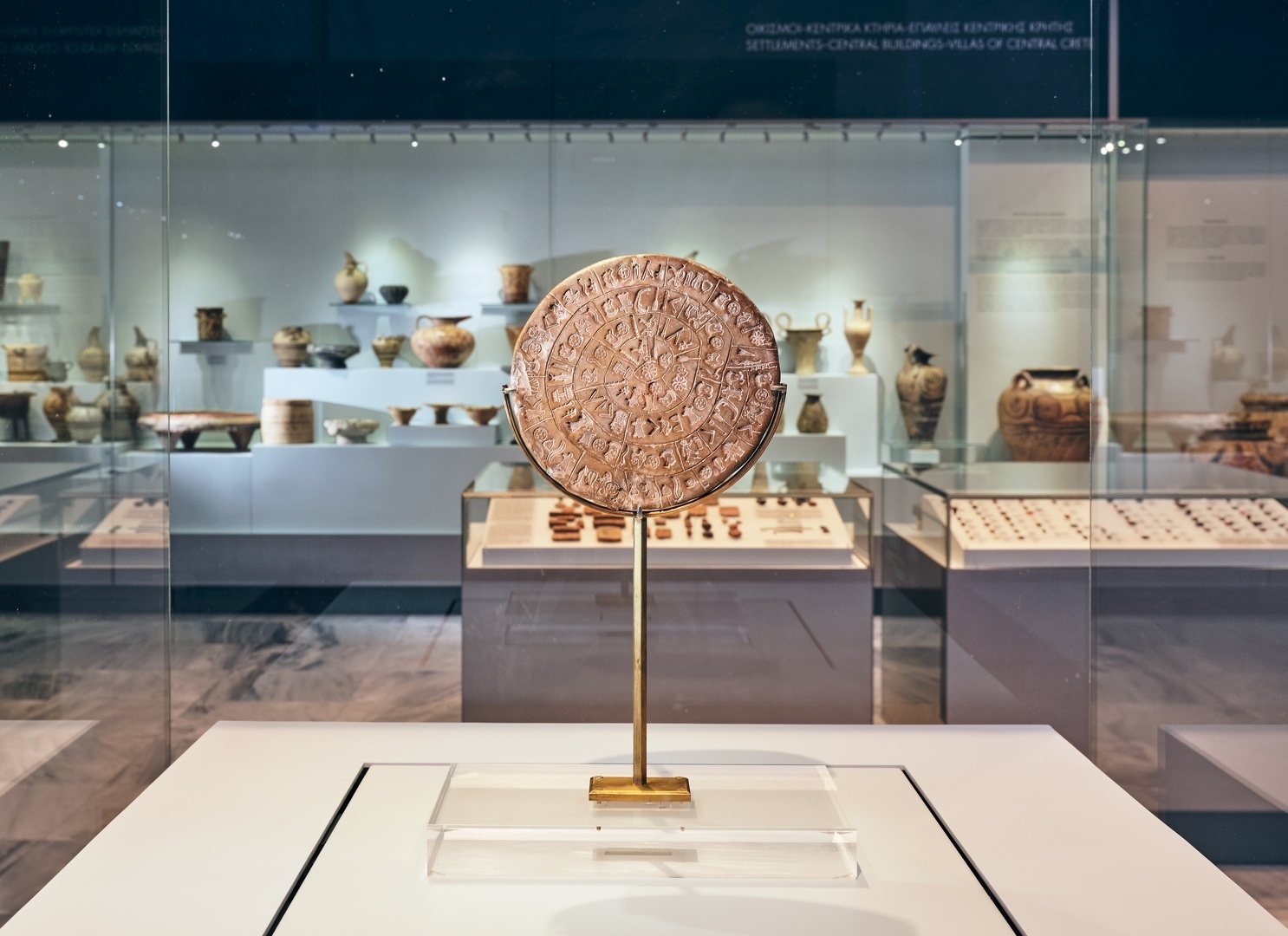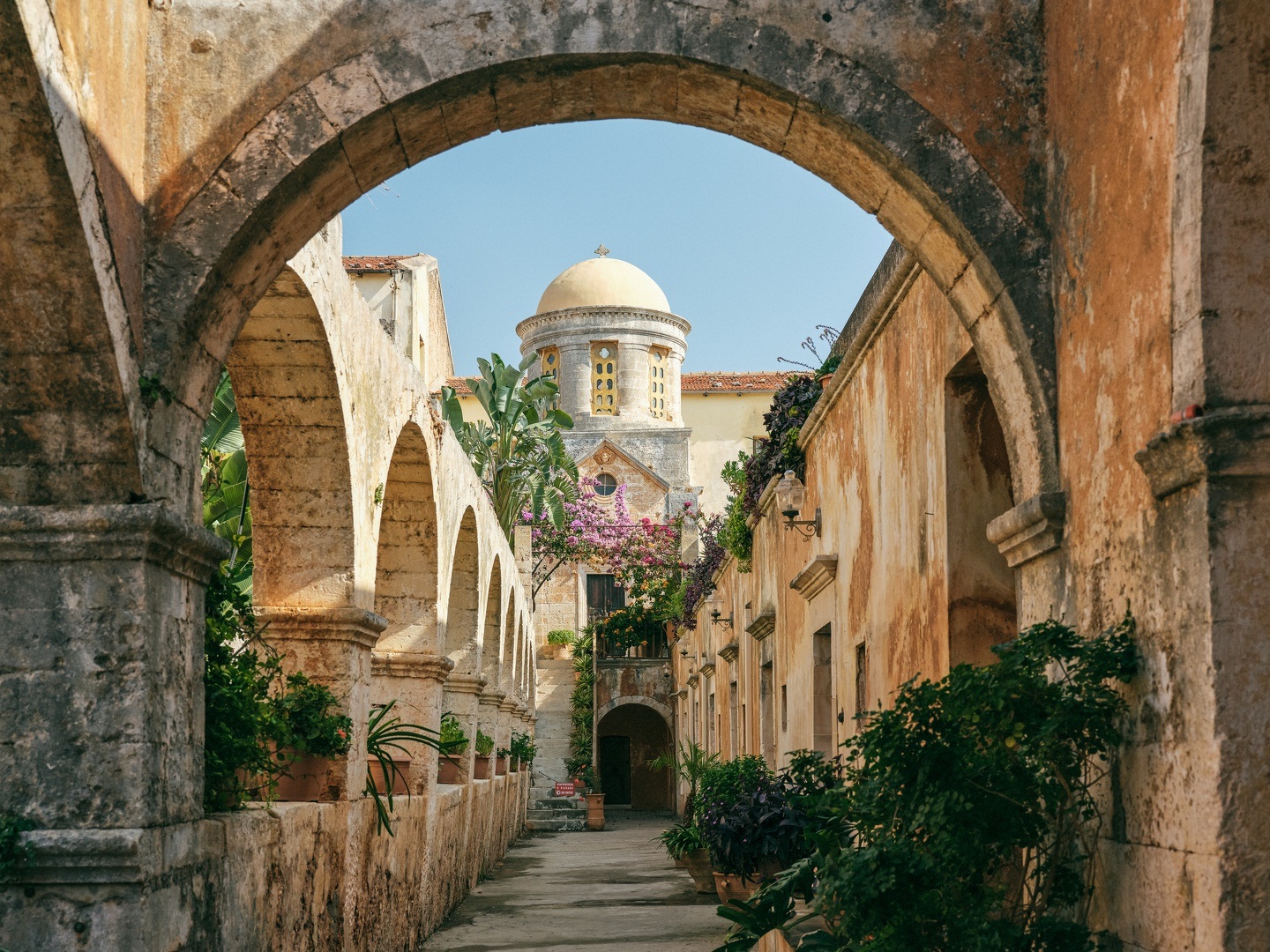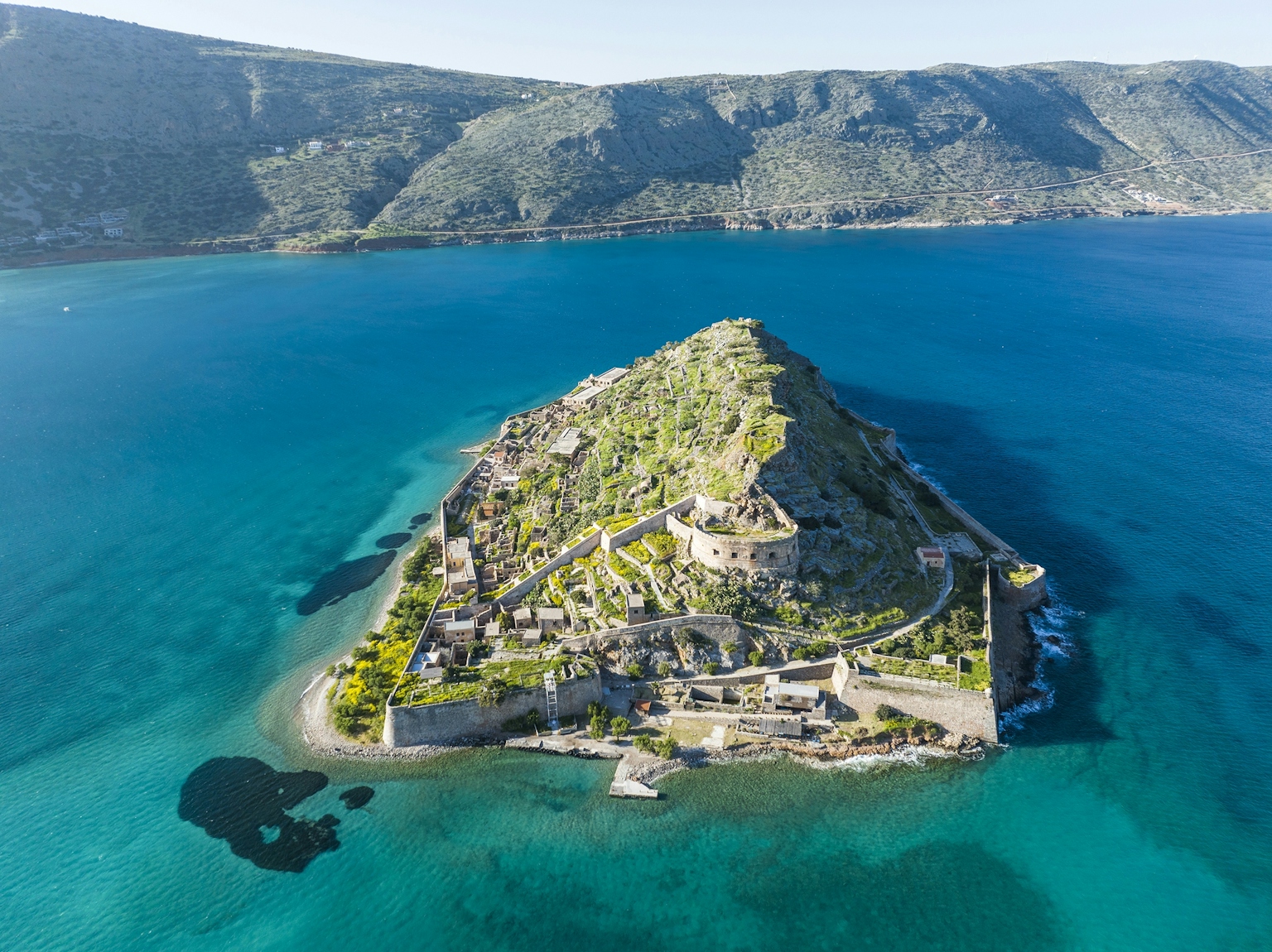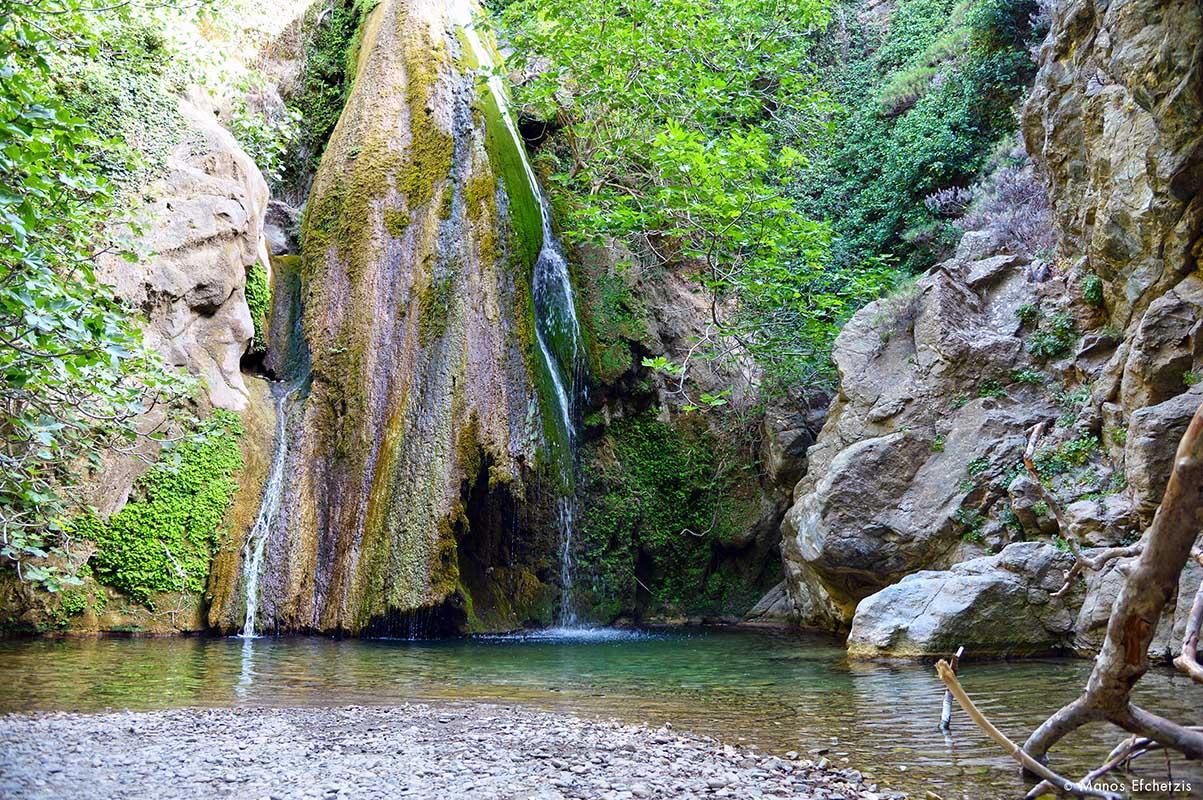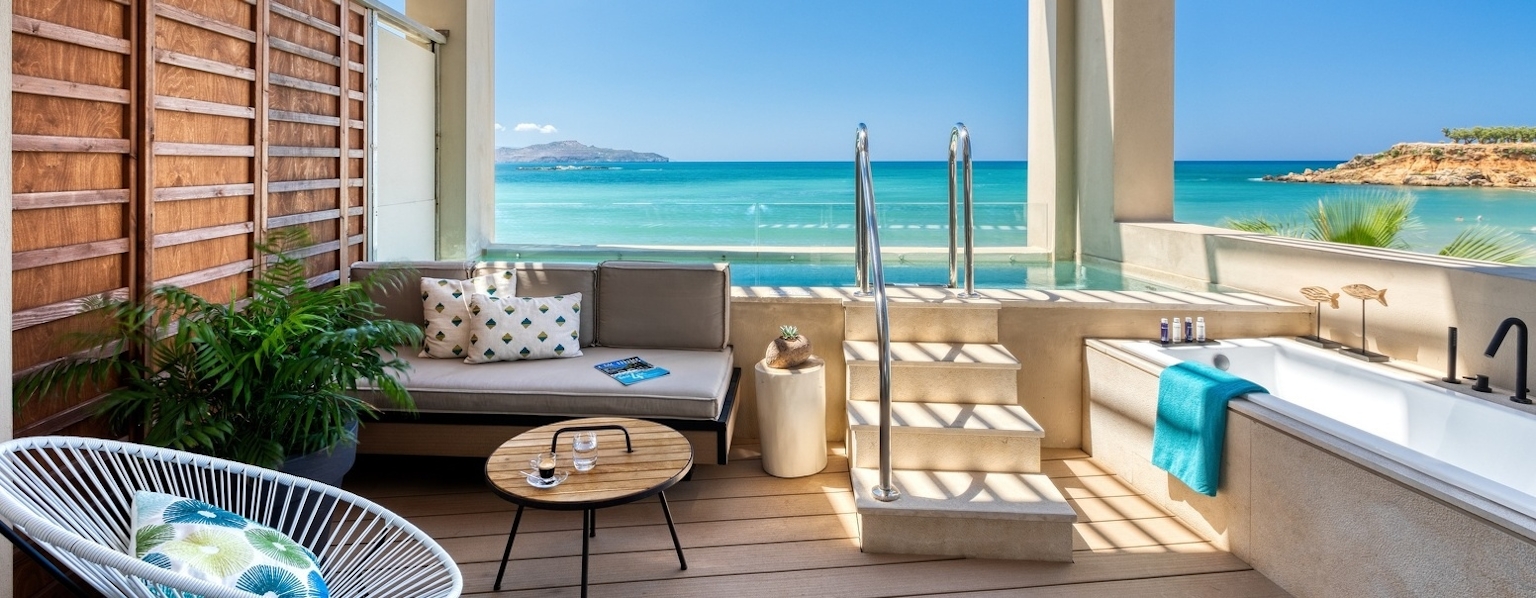“Ku-do-ni-ja: Kydonia and Small Stories of the Museum”
Author Discover Crete
Culture
Culture

At the Café of the Chania Archaeological Museum, you’ll find the painting exhibition by Olga Verykaki titled “Ku-do-ni-ja: Kydonia and Small Stories of the Museum”.
The exhibition runs until the end of September.
Visiting hours: daily except Tuesday.
Curated by Athena Schina, Art Historian and Cultural Theory Scholar (University of Athens).

A Few Words About the Exhibition and the Artist
“Ku-do-ni-ja”
Kydonia, as it appears, was the prehistoric name of the city of Chania, built on a nearby hill. This name appears on a Linear B script tablet. The focus of the exhibition is the dialogue between Olga Verykaki’s paintings, the modern city, and select archaeological finds from this land of deep historical roots — now housed in the Chania Archaeological Museum.
Among these finds is a Minoan-era ceramic seal showing the chieftain of ancient Kydonia, standing proudly with a large scepter — a symbol of power — atop the city, whose rhythmically structured houses end in rooftops shaped like sacred horns, a cultural hallmark of the time.
Other discoveries — horses, bulls, and female marble votive figures from later periods — also inspired the artist, along with Hellenistic-era depictions of romantic entanglements.

Verykaki often paints imagined cities seen from above, highlighting familiar details with a tactile sensitivity. Somewhere between reality and fantasy, dream and everyday life, she blends the past into the present. The fleeting moment becomes precious and mysterious, and the viewer is suspended between now and always, the familiar and the unknown.
The charm and paradox in Olga Verykaki’s work lie in the rhythmic arrangements of forms and colours — the interplay of scale, texture, tone, and unexpected combinations. Her brushstroke, expressive and free, moves quickly yet harmoniously across the surface, giving the colours a luminous intensity and depth.
Colours complement each other like past and present bridging together, revealing a polished glow and an inner light that reflects and interacts with the light of the real world — drawing the viewer into the painting’s narrative.
This dual nature of her light — with its delicate depth of field — evokes the feel of enamels or mineral gemstones. What the artist conveys is not just the preciousness of the fleeting, but a sense of “frozen time”, where the instant becomes a crystalline structure.
Her “magical” imagery seems to suspend decay, preserving a sense of fairytale joy and duration in the viewer’s mind — for as long as possible.

